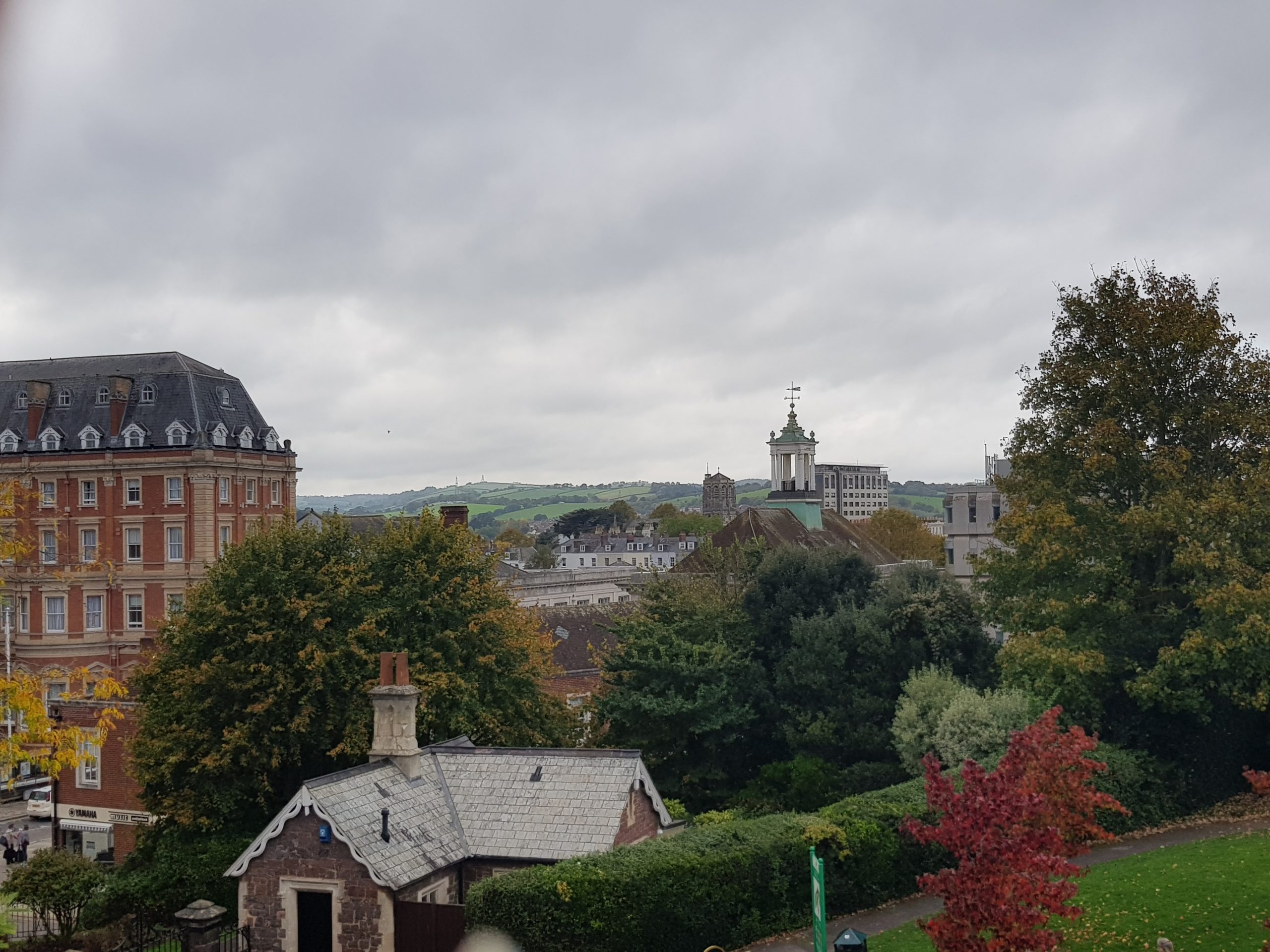Exeter – a charming place with lovely views, great shopping, wonderful learning institutions, marvellous food…the list goes on! What else is on that list, you ask? How about Roman forts, Saxon history, Viking invasion and international wool export? Don’t believe me? Then read on….
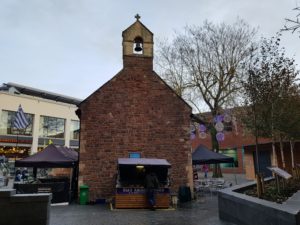
Exeter has always been an international city. And the proof is still there, all over the town. Walk towards the High Street and chances are you’ll go through the Guildhall. It’s incredibly old, its foundations date back to medieval times. In the middle, there’s an unassuming red building with a bell hanging at the top. That’s St. Pancras church, which was probably developed from a small church built possibly in the fourth century by Romans! And that bell, that was cast in 13th century! The church, as it is, was first noted in 1191.
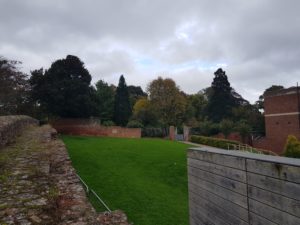
What were Romans doing in Exeter? When they invaded Britain, they built a settlement in Exeter. The built a wall around Exeter (among other things) and quite a lot of the wall is still standing! From the topmost floor of the Royal Albert Museum, you can get a terrific view of it! And in the Northenhay Gardens as well, which incidentally, is the earliest open space laid out for the public!
Did you know? The Roman name for Exeter was Isca Dumnoniorum so you’ll see the word Isca quite a few places around the city.
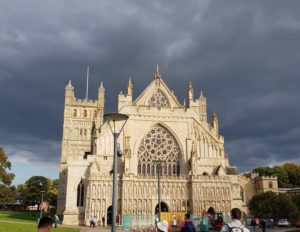
Quite near the Cathedral is the third oldest Synagogue in Britain, the Exeter Synagogue, opened 1763.
A little ways off is the Exeter Central Mosque. Quite recent in its establishment, it was possible due to the efforts of several local residents and locals.

Seen this in the High Street? This is commemorative of St. Sidwell, from Exeter, who was killed on her stepmother’s orders . A well started in the place she died and her grave was supposed to have healing properties. Sidwell Street is named after her. The Church of Saint Sidwell is nearby. But it was damaged and rebuilt after Exeter was bombed during World War II.
Did you know? Exeter blitz was when Exeter was bombed in 1942. There was a heavy loss to life and property. The city was rebuilt, resulting in a whole new look and structure.
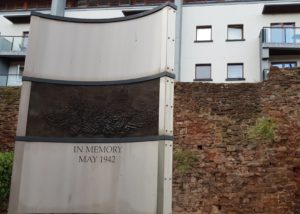
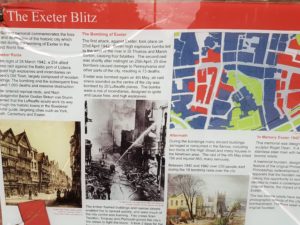
Exeter has always been very multi-cultural. The first Chinese restaurant that opened here is the Rice – Bowl near the Guildhall, built in 1958!
This is the tip of the iceberg, You cannot walk across Exeter without tripping on its history. There are the underground tunnels, old churches, Exeter castle and so on. There are many, many places of historical interest scattered through the city. There are historical tours one can take to explore this city and its past. More information here. Don’t miss a chance to learn more about Exeter and its history. Its multi-cultural past is hidden in every corner. Have fun exploring historical Exeter!

